SS 2018 Urner Boden
Mikael Blomfelt, Sandro Straube.
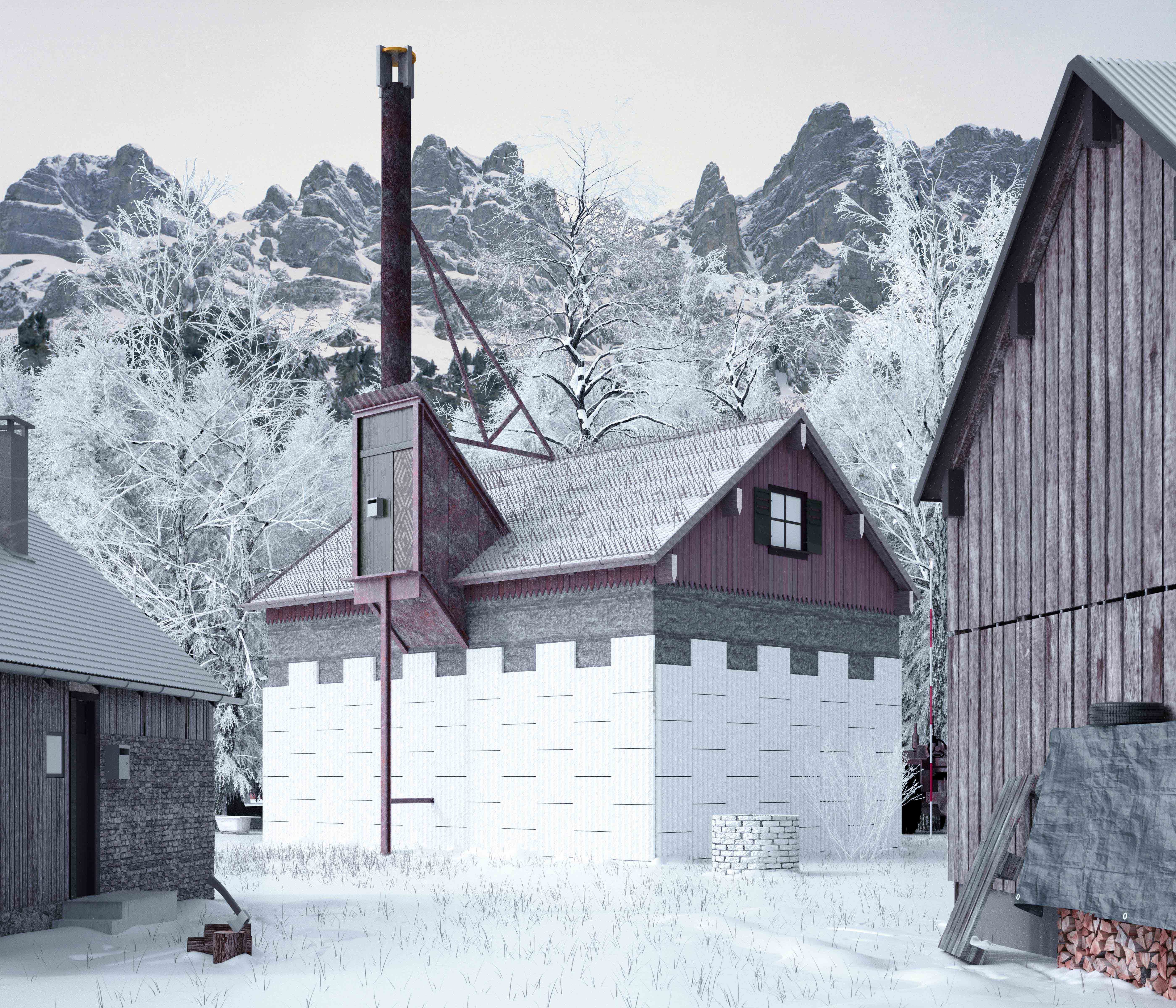
When there are five meters of snow on the landscape, there are two levels: the level of the ground and the top of the snow. The project 27 Smoking Chimneys examines the effects of this fact on the architecture and social identity formation in the Swiss Alps.
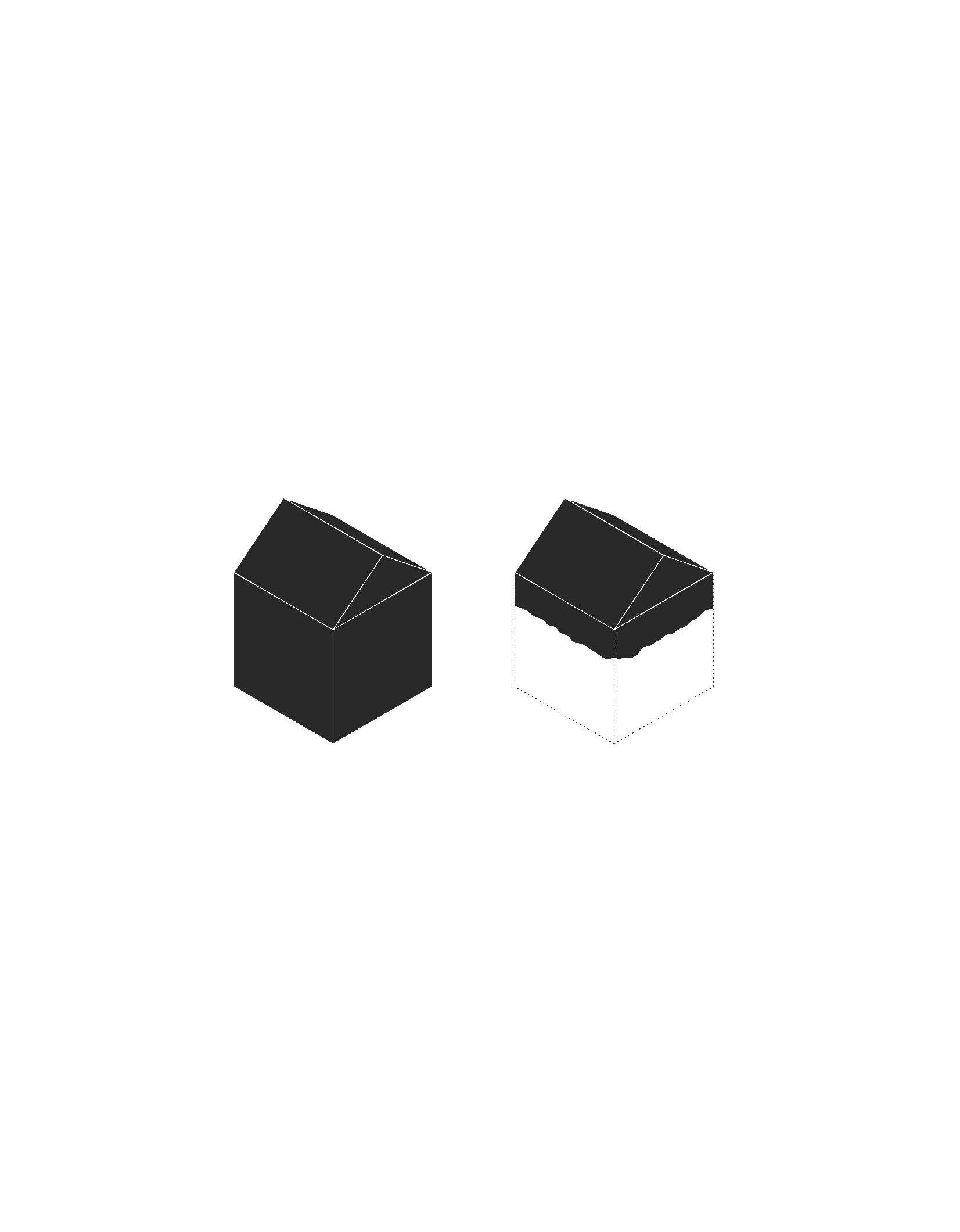
Context & Identity
A Grisons architect
described some time ago a mountain village as an agglomeration. Precise
but provocative this seemed in our ears, incompatible with the wishful
thinking of our mountains.
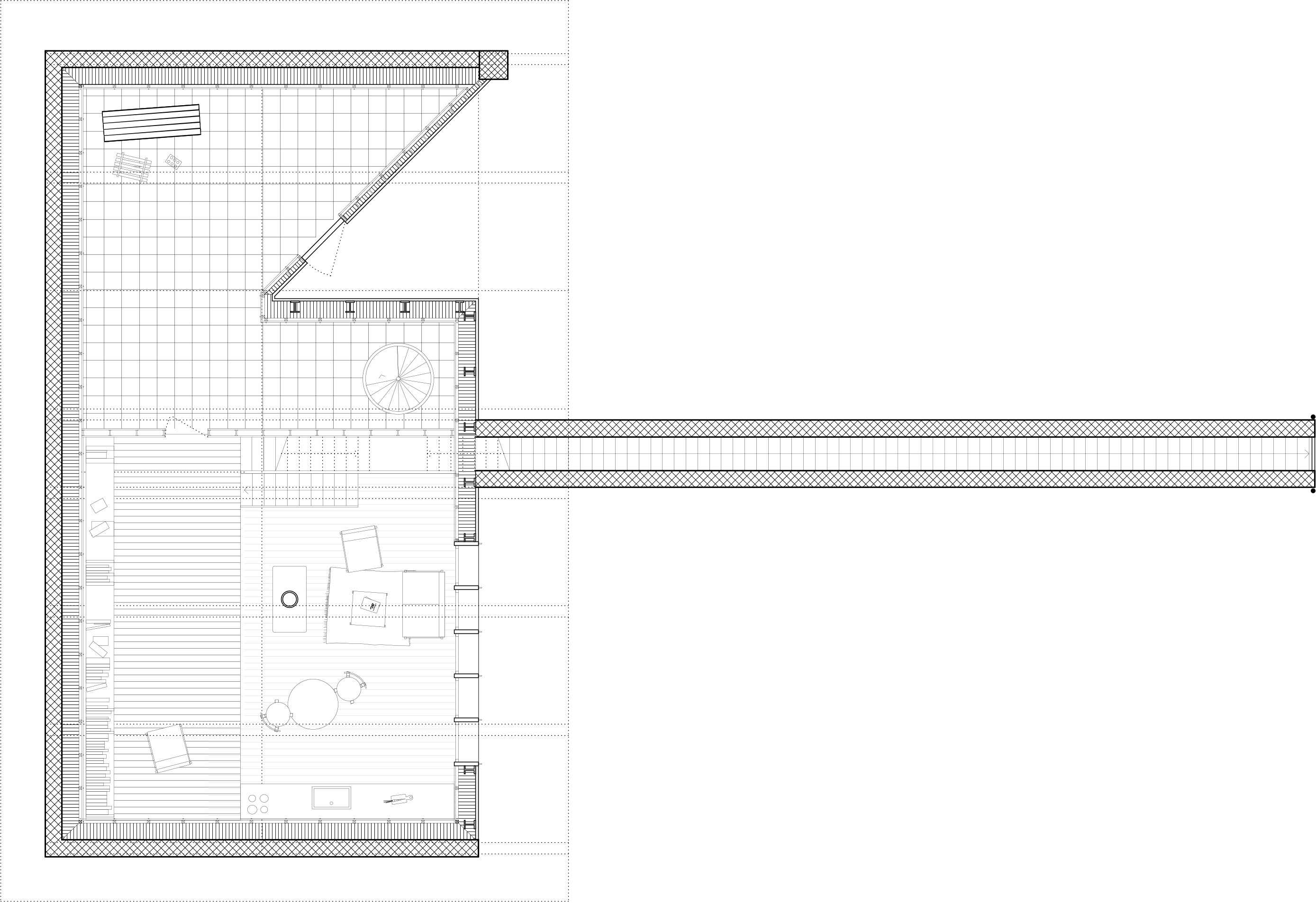
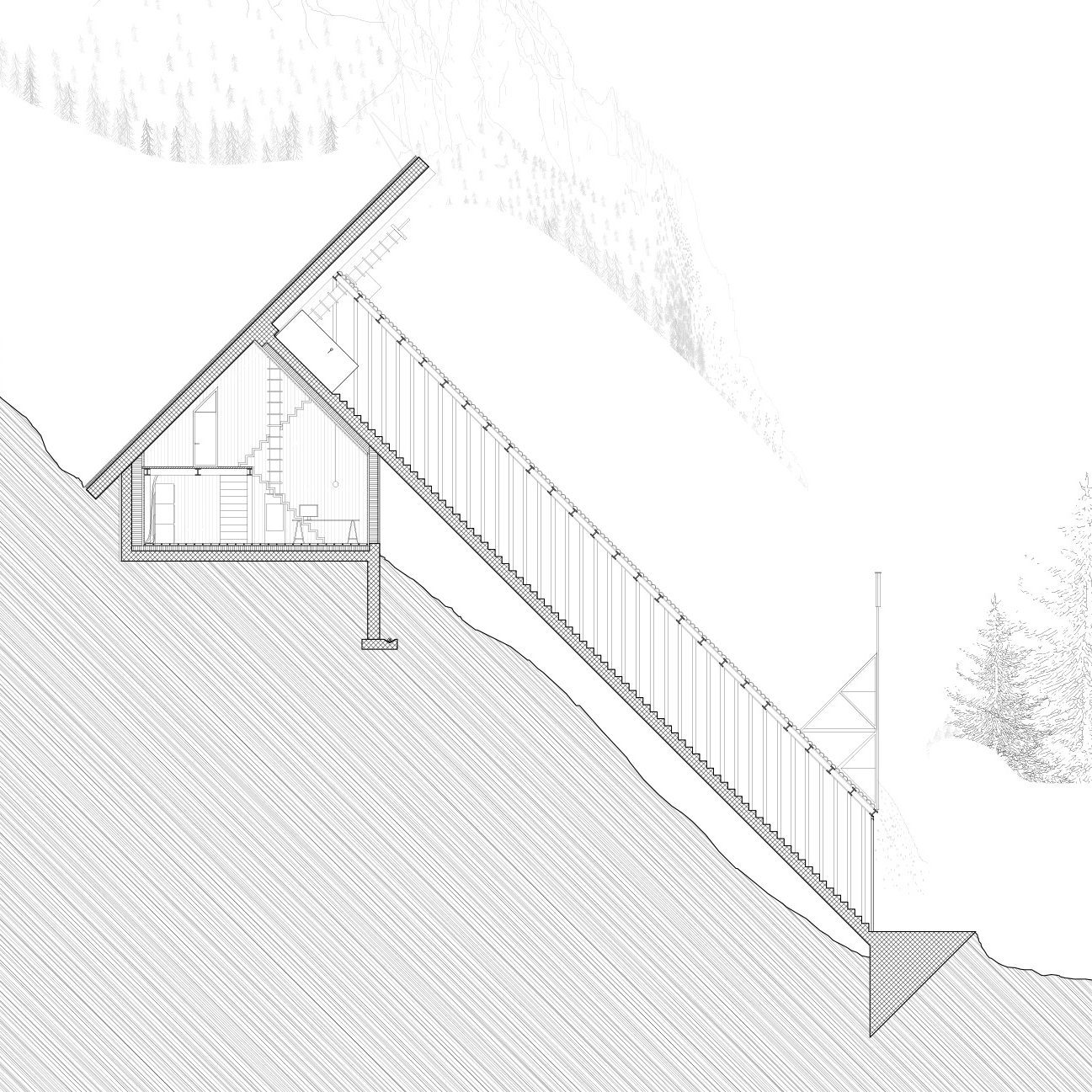
Certainly, the effectiveness of the statement was at least partially in the veracity of this statement. This made mountain villages appear as places of contextual openness, where the importance of the built environment is no longer self-evident and the frame of reference is stretched ever further.
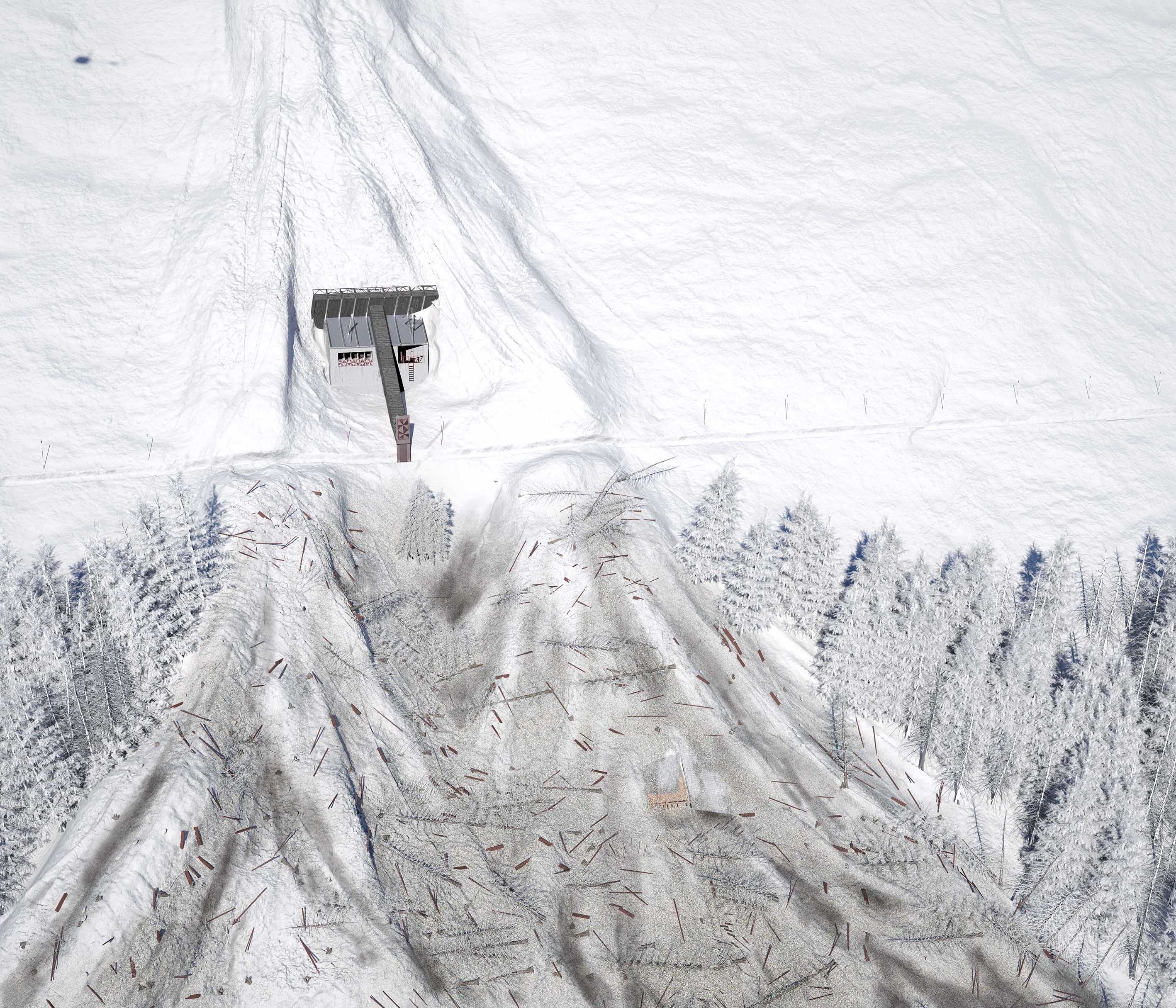
The individual village was only a case study of a major crisis. The project ’27 Smoking Chimneys’ focuses on the latent identity of the Urnerboden, a plateau in the canton of Uri. As in many places, the historical fabric is emulated by plastic shingles and vinyl parquet floors, A visual coherence is only visible in the remnants of the past. We do not regret this tendency from sentimentality or nostalgia, but because such a retrospective mixes together a gray architectural value.
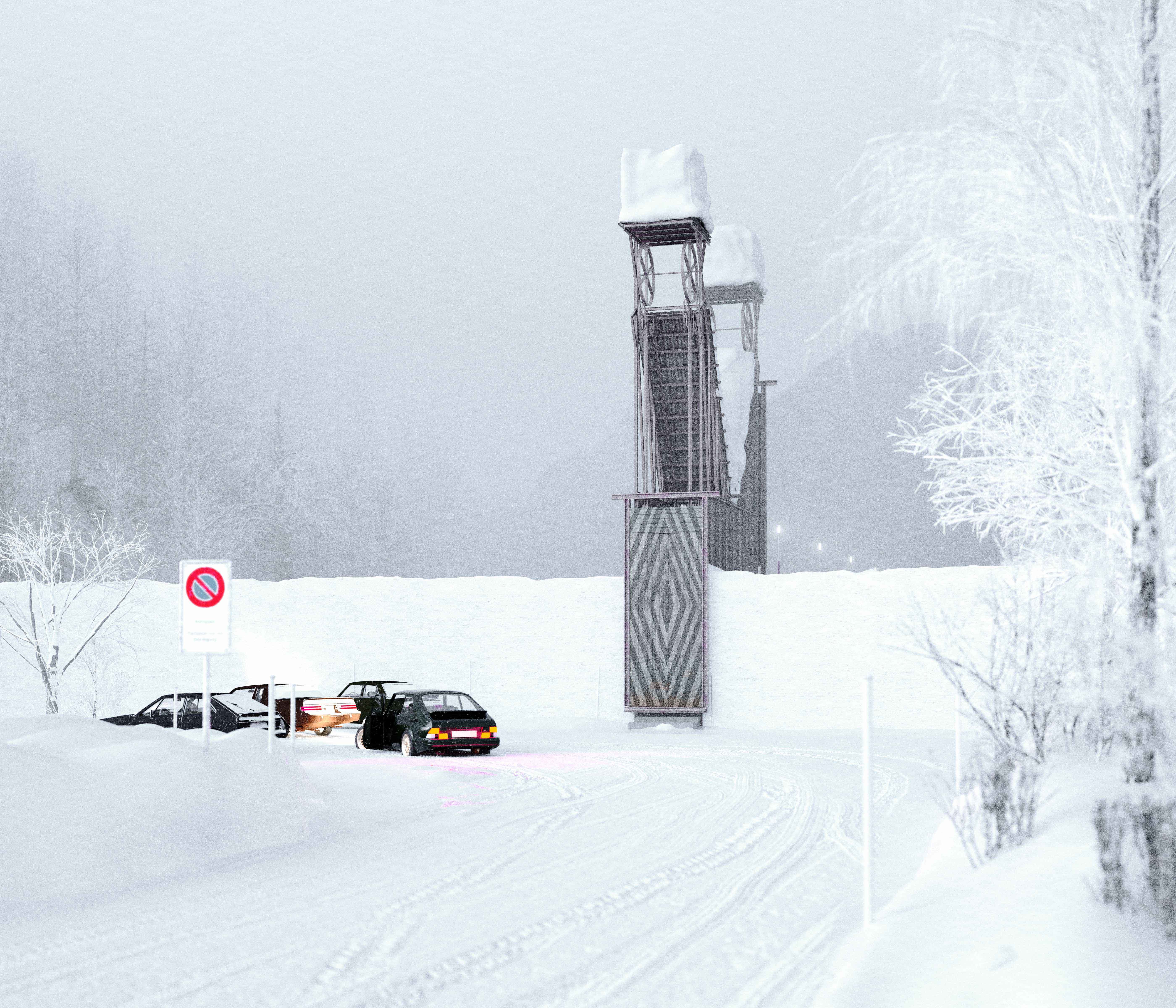
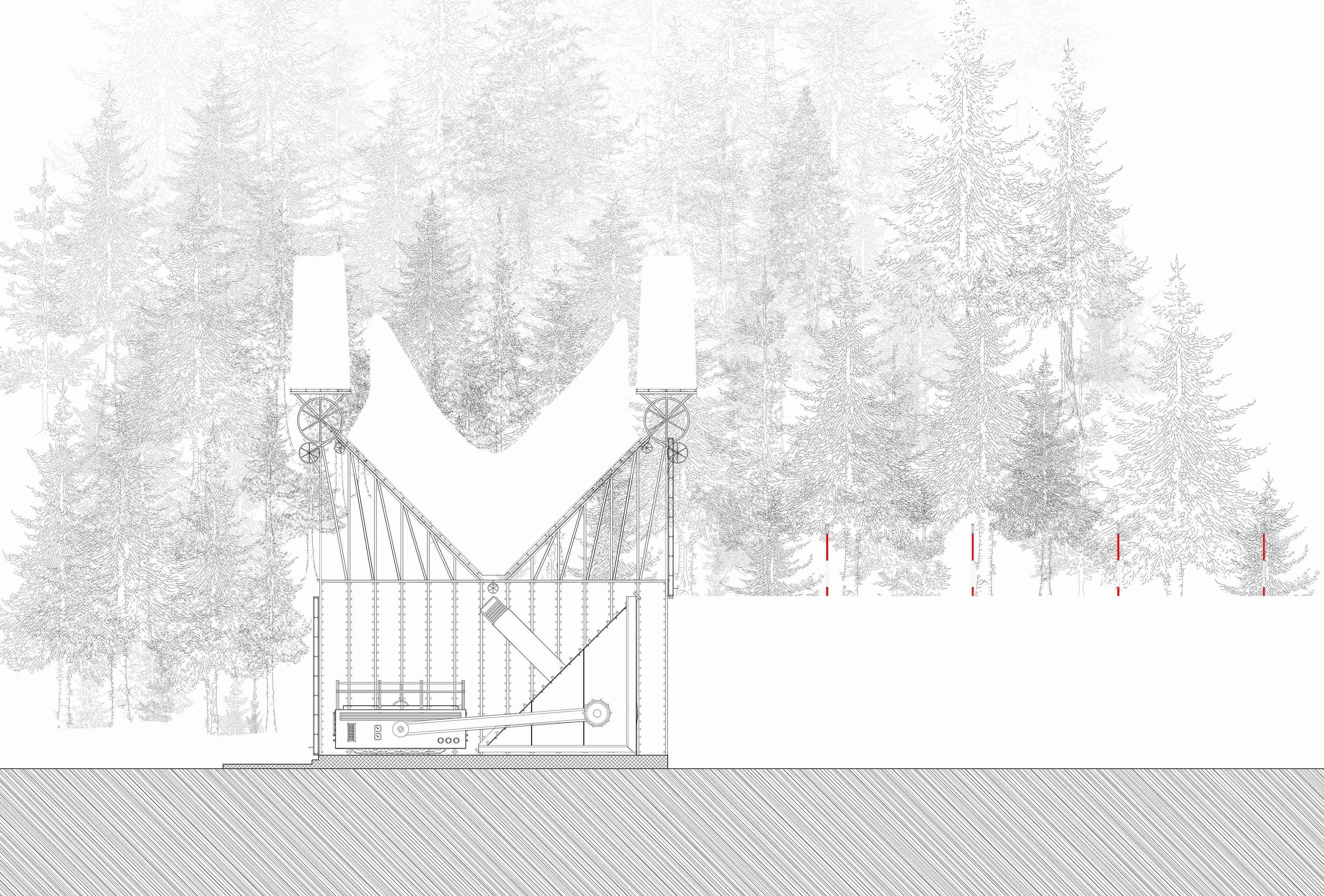
It produces an indistinctness without its own identity, a spongy imitation of the built cultural heritage without adding value. The image of this “crisis of the gray value” are actually the last 27 winter inhabitants of the Urnerboden. We postulate that this gray value can be covered by a pure white – the snow.
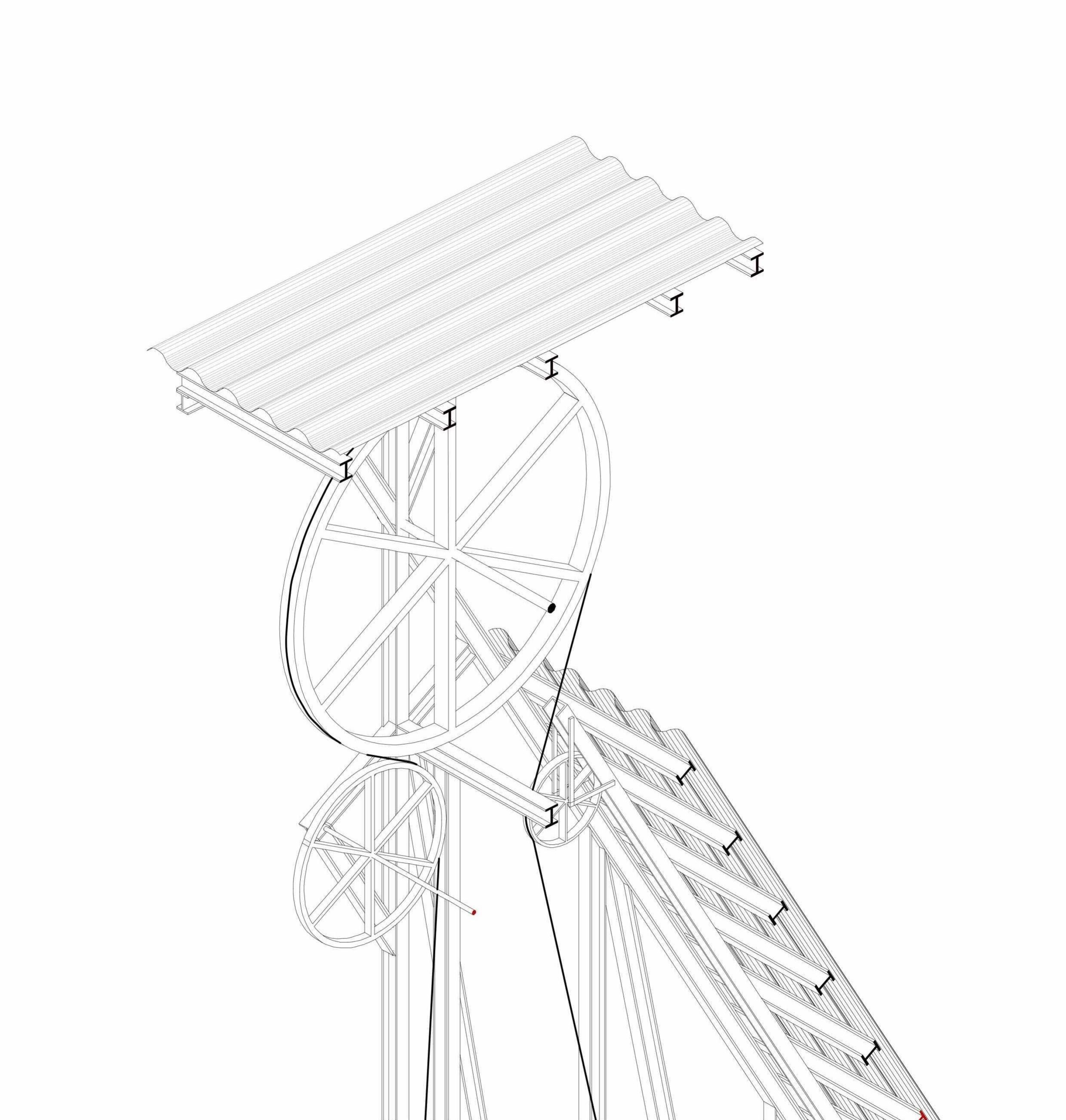
The snow is the most multilayered of all opponents, an opposing position to the architectural gray value; a pure white which covers the landscape. He associates images and provokes architectures, which belong to a collection of accurate caricatures and structures that permanently manifest the temporary, cyclical state of snow.
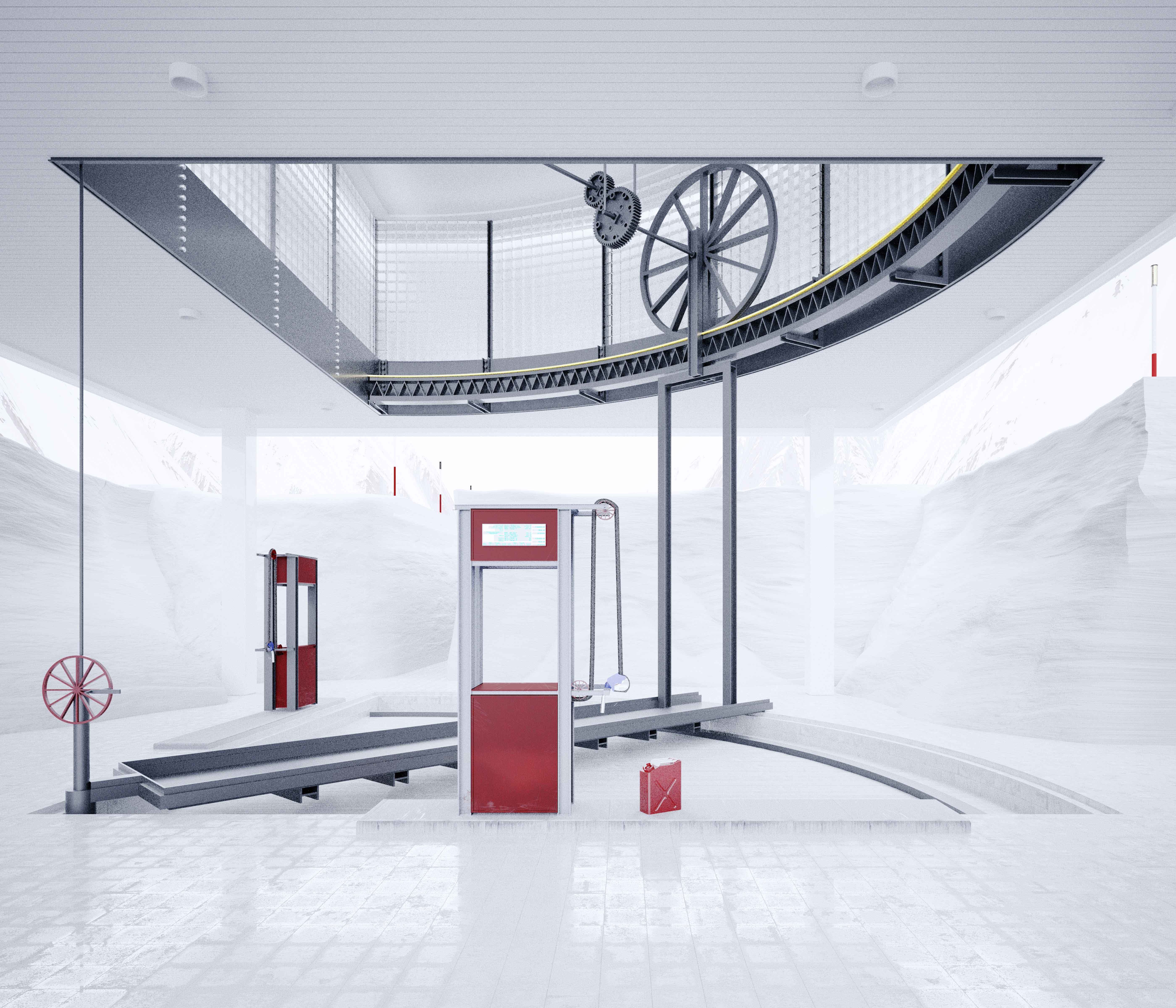

From its elevated position, the Urnerboden looks in the longitudinal direction in the Glarus region. At the far end of the valley, the Klausenpass snakes up a steep slope and disappears over a height. As a figure, the plateau is composed of clear elements.

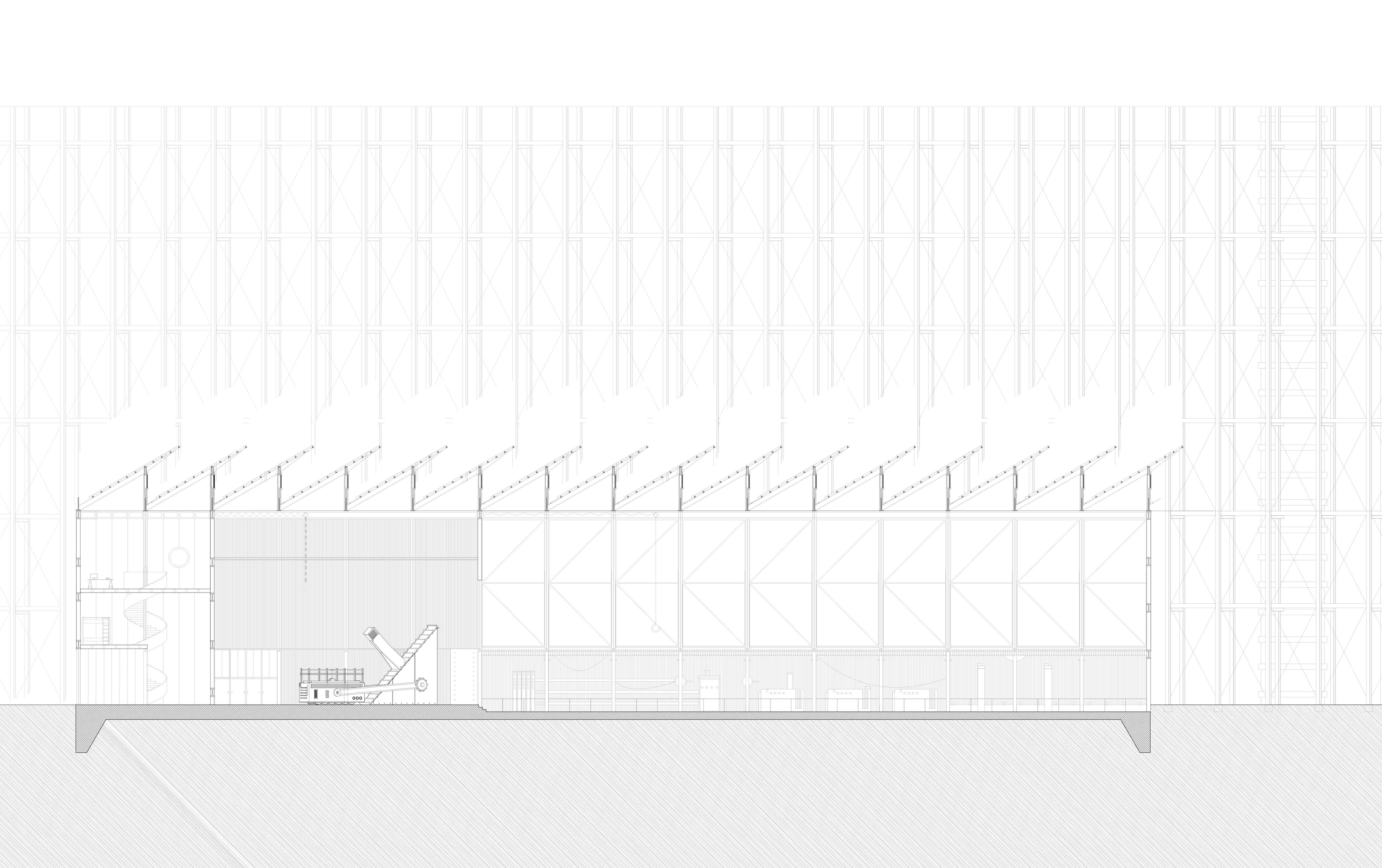
It has a beginning and an end, two opposite sides and a large area in between. In summer, the twelve-kilometer-long ground acts as a stopover, a horizontal plane which is clamped between two undulating pass roads.
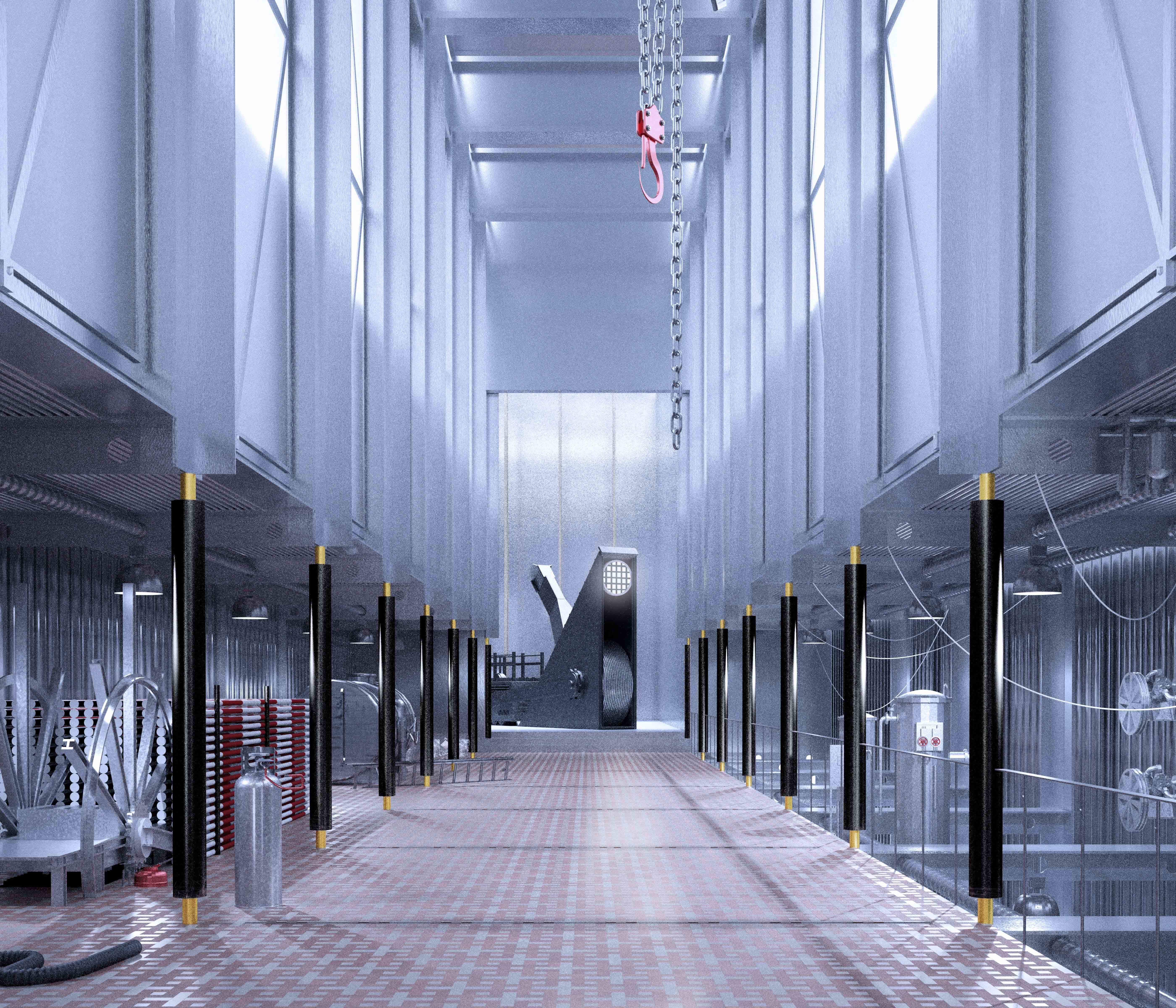
In winter, the Urnerboden is a dead end, a white prairie surrounded by high mountains. cyclically recurring state of the snow permanently manifest. From its elevated position, the Urnerboden looks in the longitudinal direction in the Glarus region.
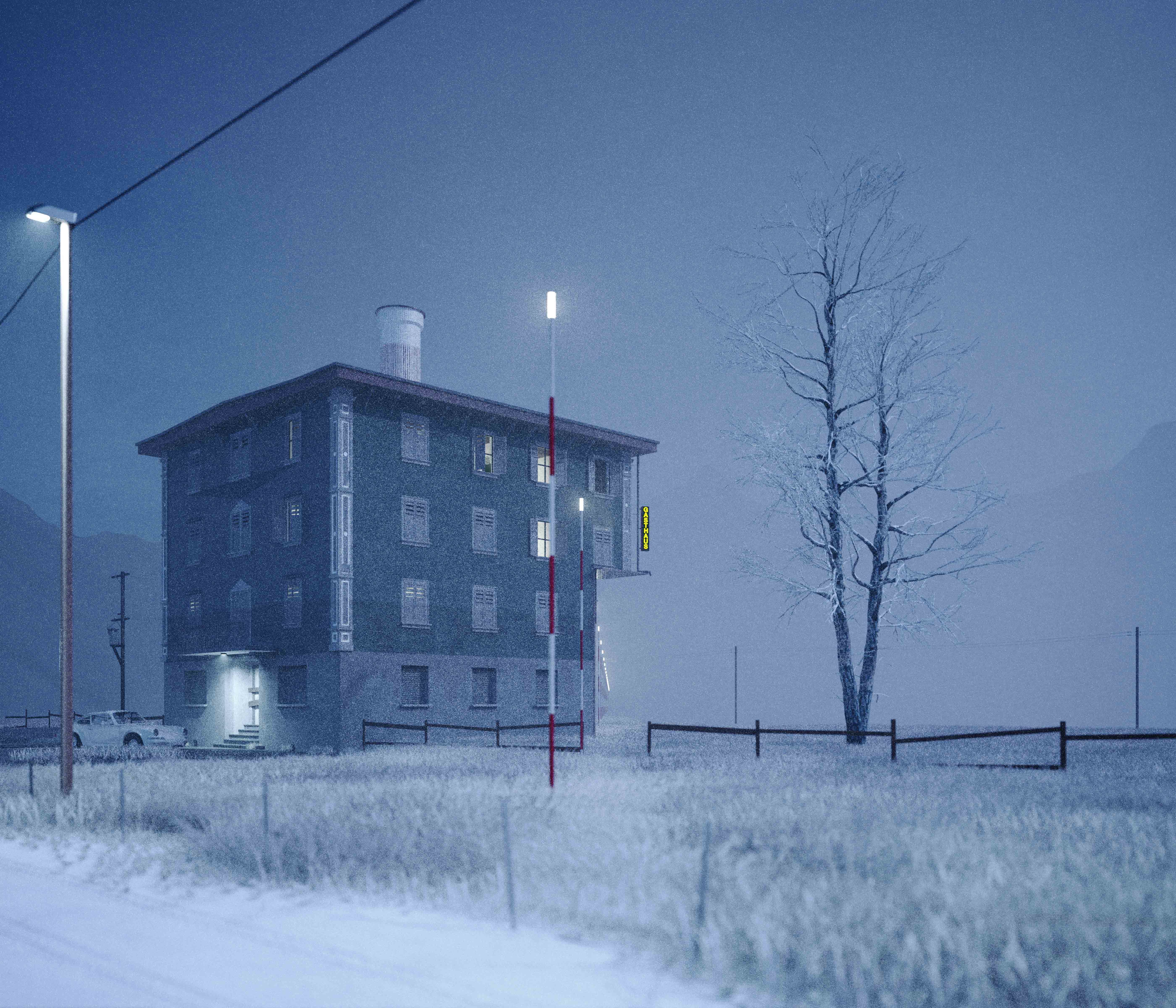
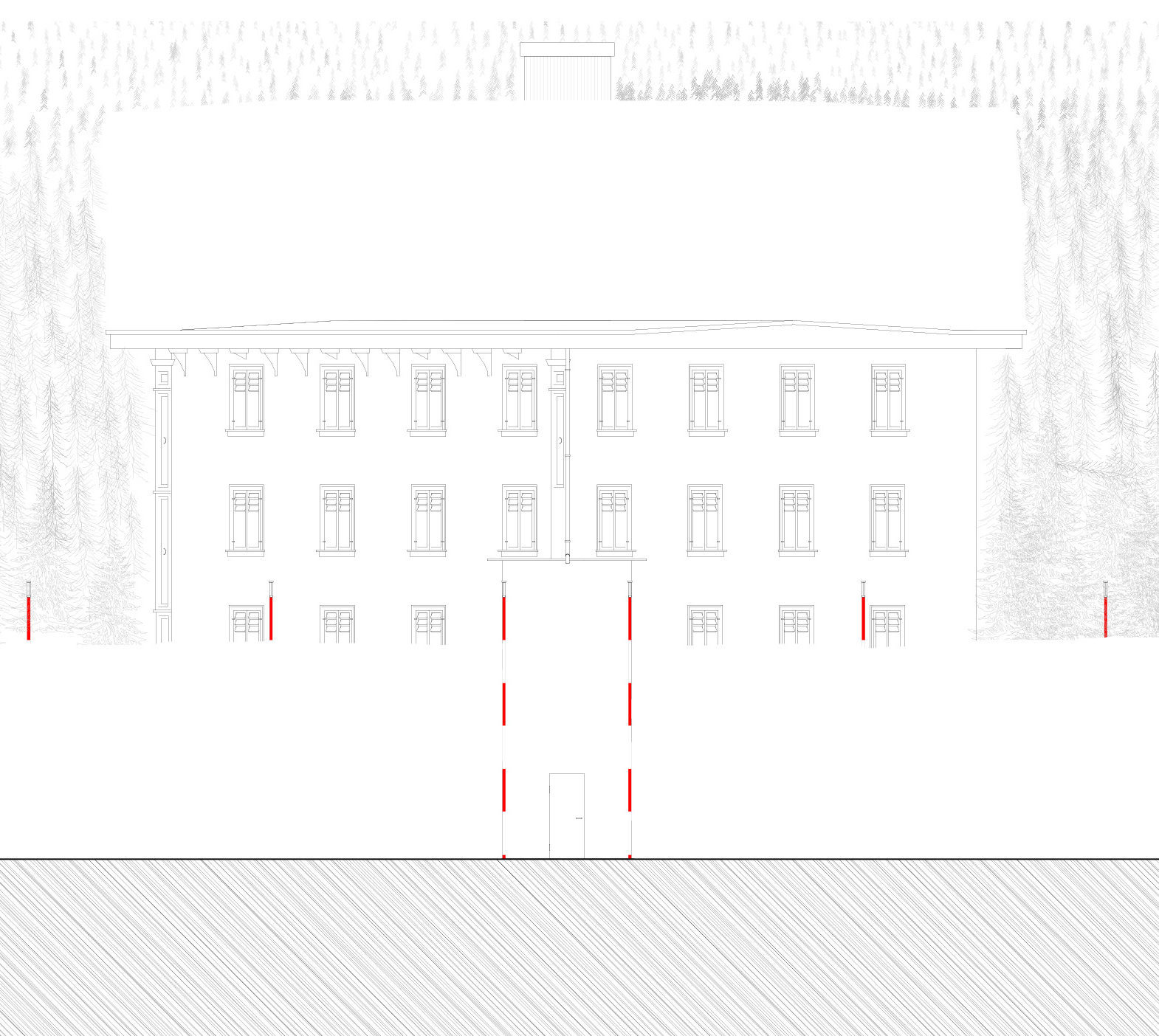
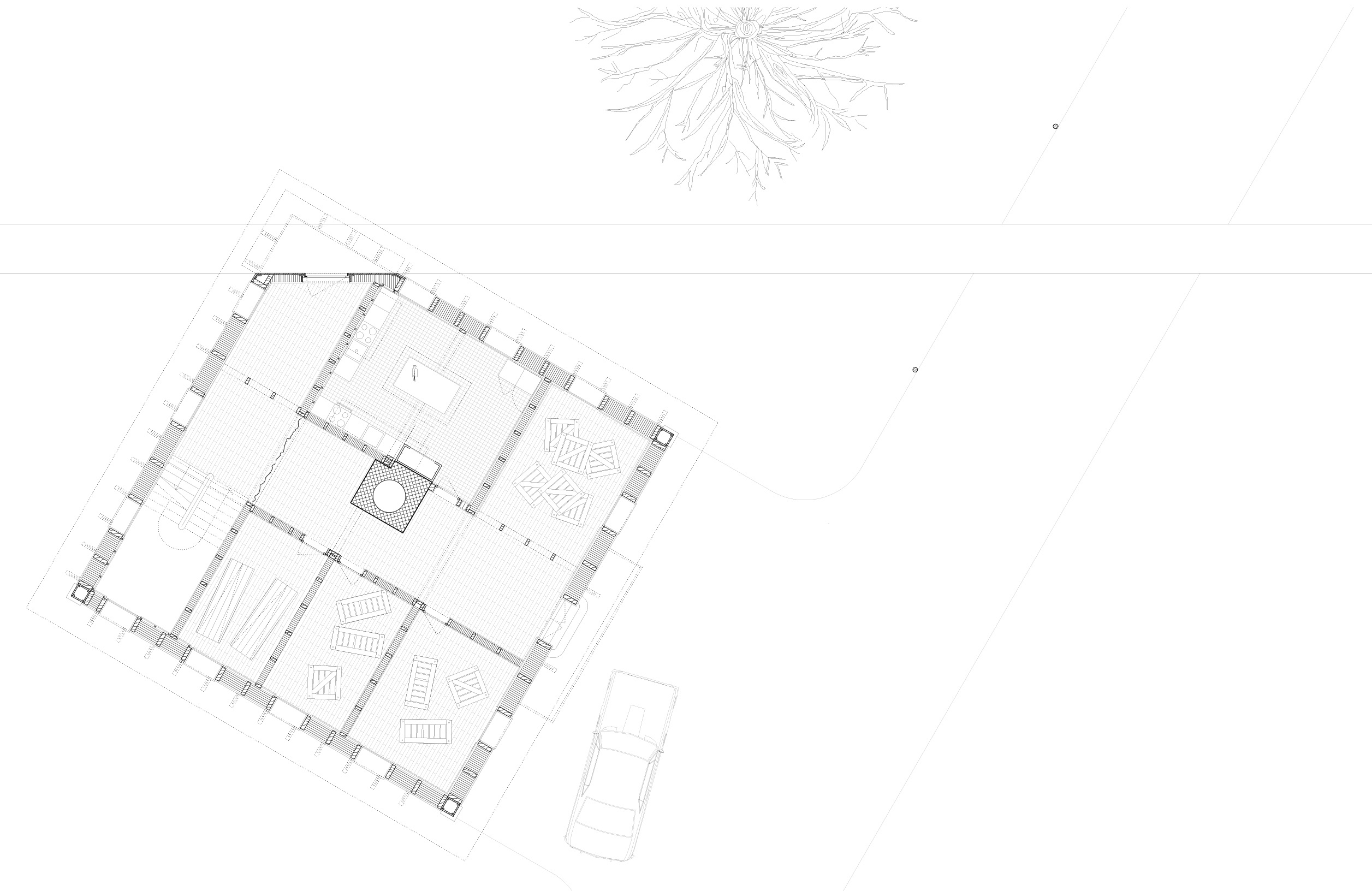

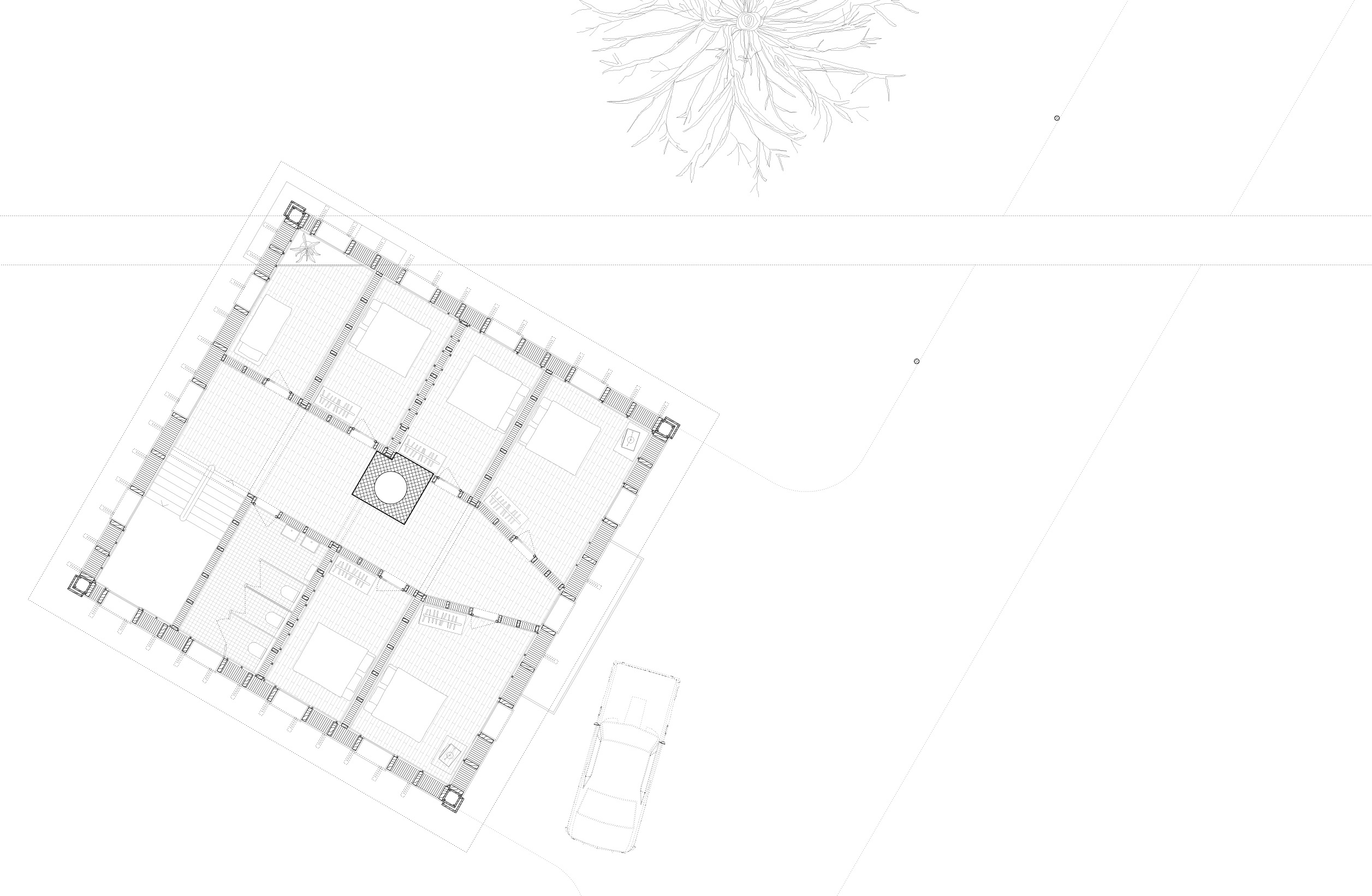
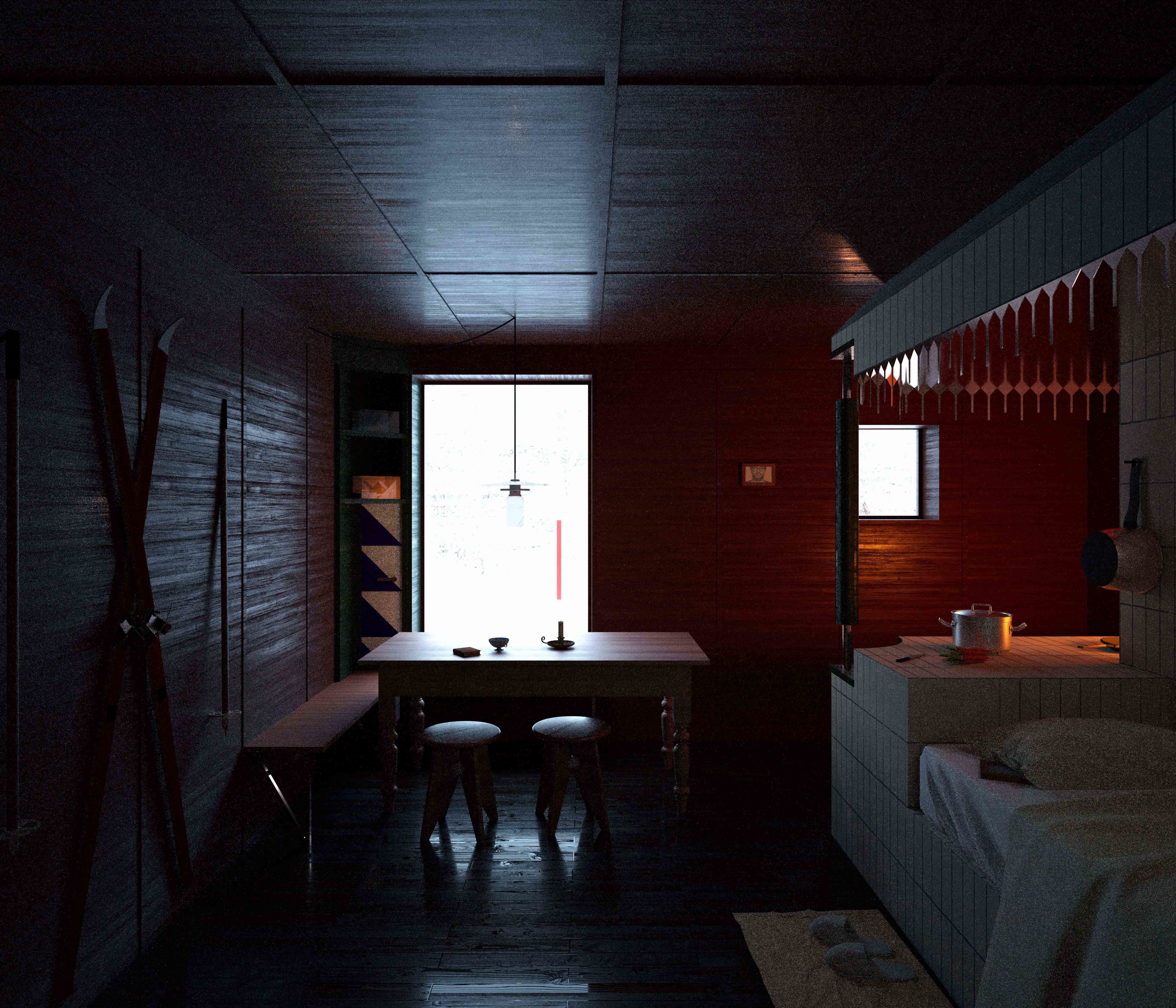
At the far end of the valley, the Klausenpass snakes up a steep slope and disappears over a height. As a figure, the plateau is composed of clear elements. It has a beginning and an end, two opposite sides and a large area in between. In summer, the twelve-kilometer-long ground acts as a stopover, a horizontal plane which is clamped between two undulating pass roads. In winter, the Urnerboden is a dead end, a white prairie surrounded by high mountains. cyclically recurring state of the snow permanently manifest. From its elevated position, the Urnerboden looks in the longitudinal direction in the Glarus region. At the far end of the valley, the Klausenpass snakes up a steep slope and disappears over a height. As a figure, the plateau is composed of clear elements. It has a beginning and an end, two opposite sides and a large area in between.

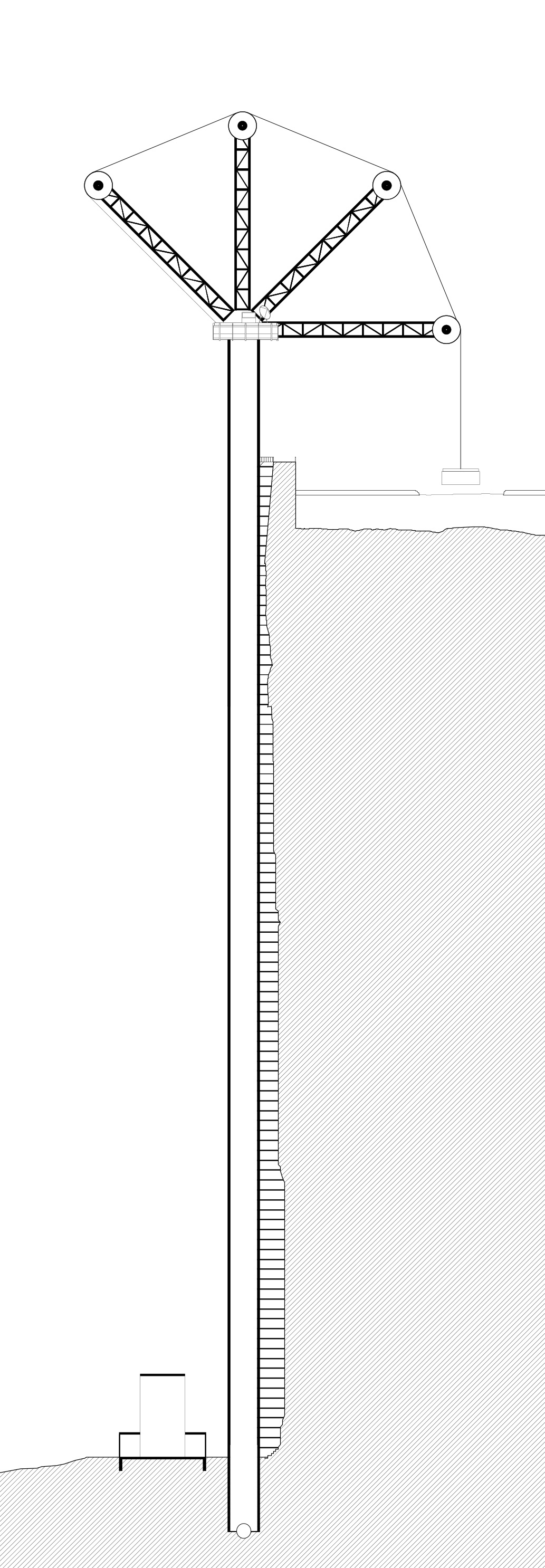
In summer, the twelve-kilometer-long ground acts as a stopover, a horizontal plane which is clamped between two undulating pass roads. In winter, the Urnerboden is a dead end, a white prairie surrounded by high mountains.

At the far end of the valley, the Klausenpass snakes up a steep slope and disappears over a height. As a figure, the plateau is composed of clear elements. It has a beginning and an end, two opposite sides and a large area in between. In summer, the twelve-kilometer-long ground acts as a stopover, a horizontal plane which is clamped between two undulating pass roads.
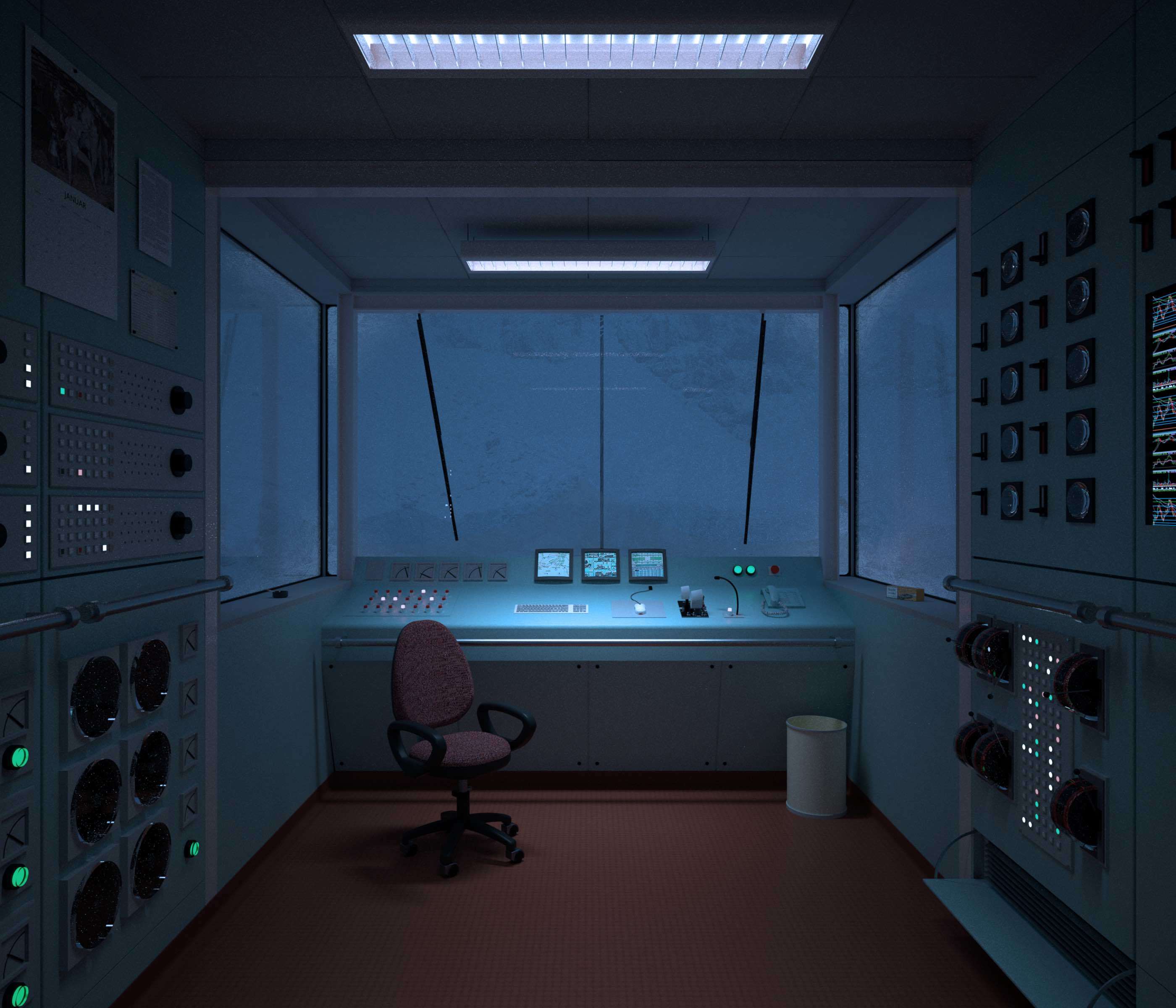
In winter, the Urnerboden is a dead end, a white prairie surrounded by high mountains. At the far end of the valley, the Klausenpass snakes up a steep slope and disappears over a height. As a figure, the plateau is composed of clear elements. It has a beginning and an end, two opposite sides and a large area in between.
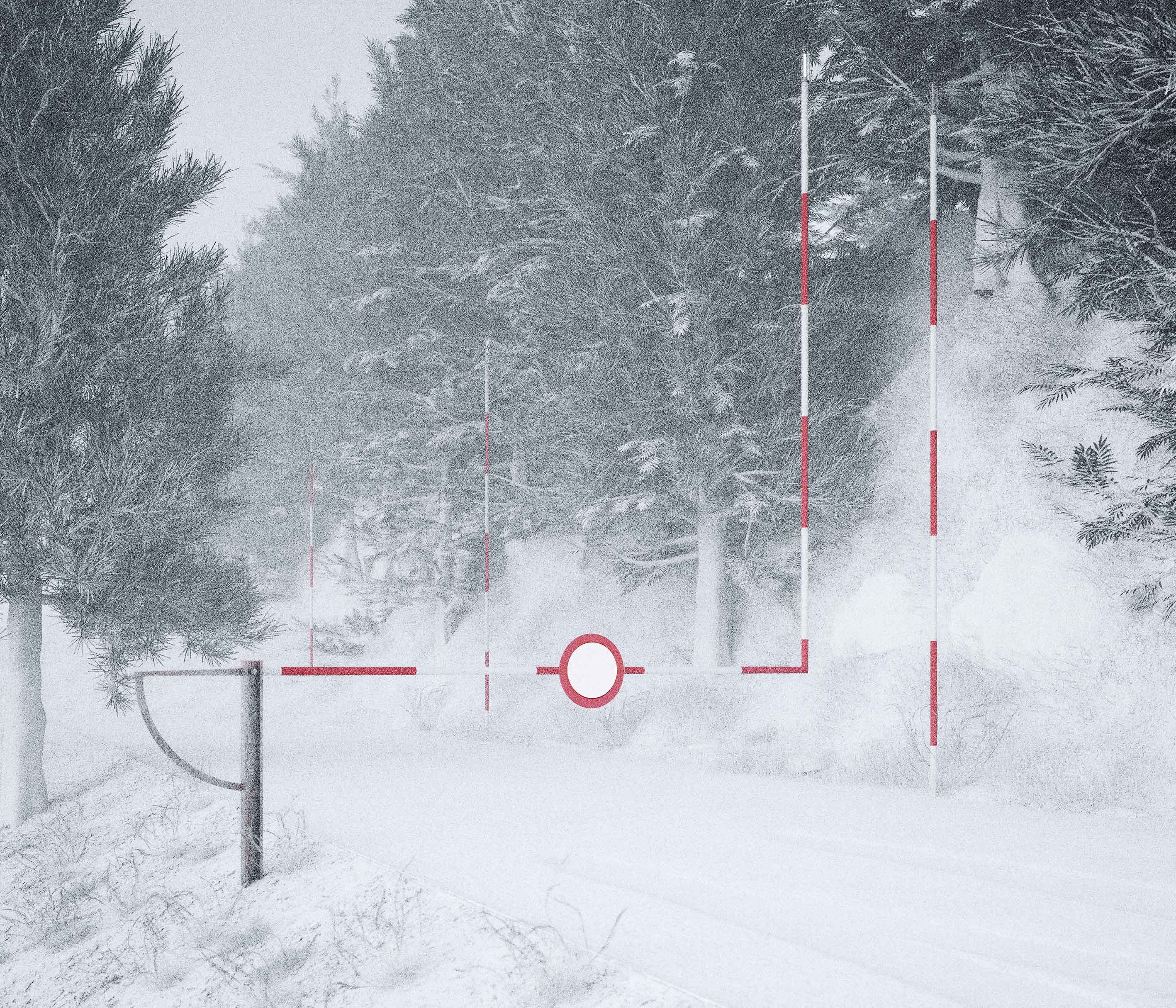
In summer, the twelve-kilometer-long ground acts as a stopover, a horizontal plane which is clamped between two undulating pass roads. In winter, the Urnerboden is a dead end, a white prairie surrounded by high mountains. In summer, the twelve-kilometer-long ground acts as a stopover, a horizontal plane which is clamped between two undulating pass roads. In winter, the Urnerboden is a dead end, a white prairie surrounded by high mountains.
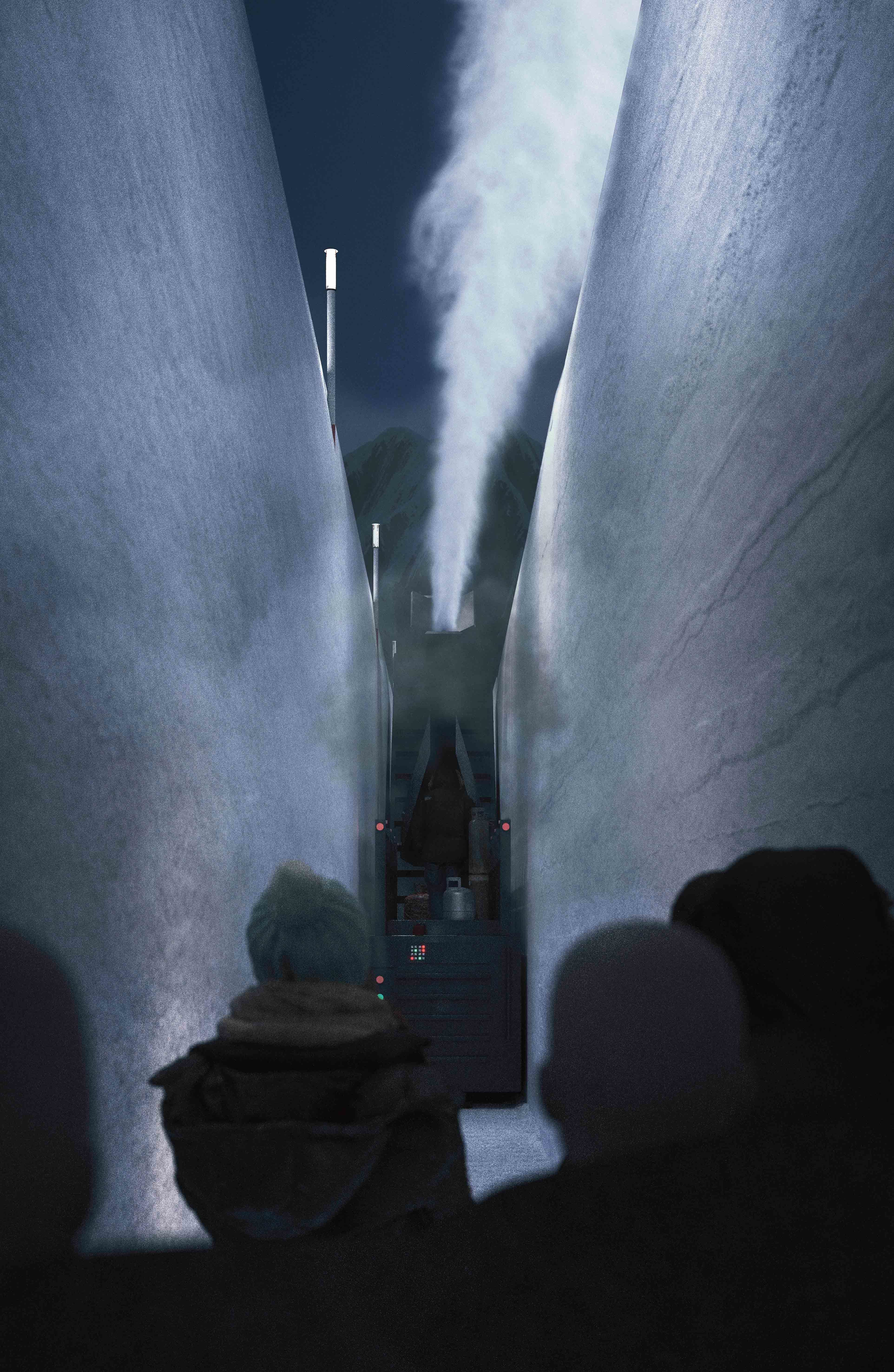
In summer, the twelve-kilometer-long ground acts as a stopover, a horizontal plane which is clamped between two undulating pass roads. In winter, the Urnerboden is a dead end, a white prairie surrounded by high mountains.
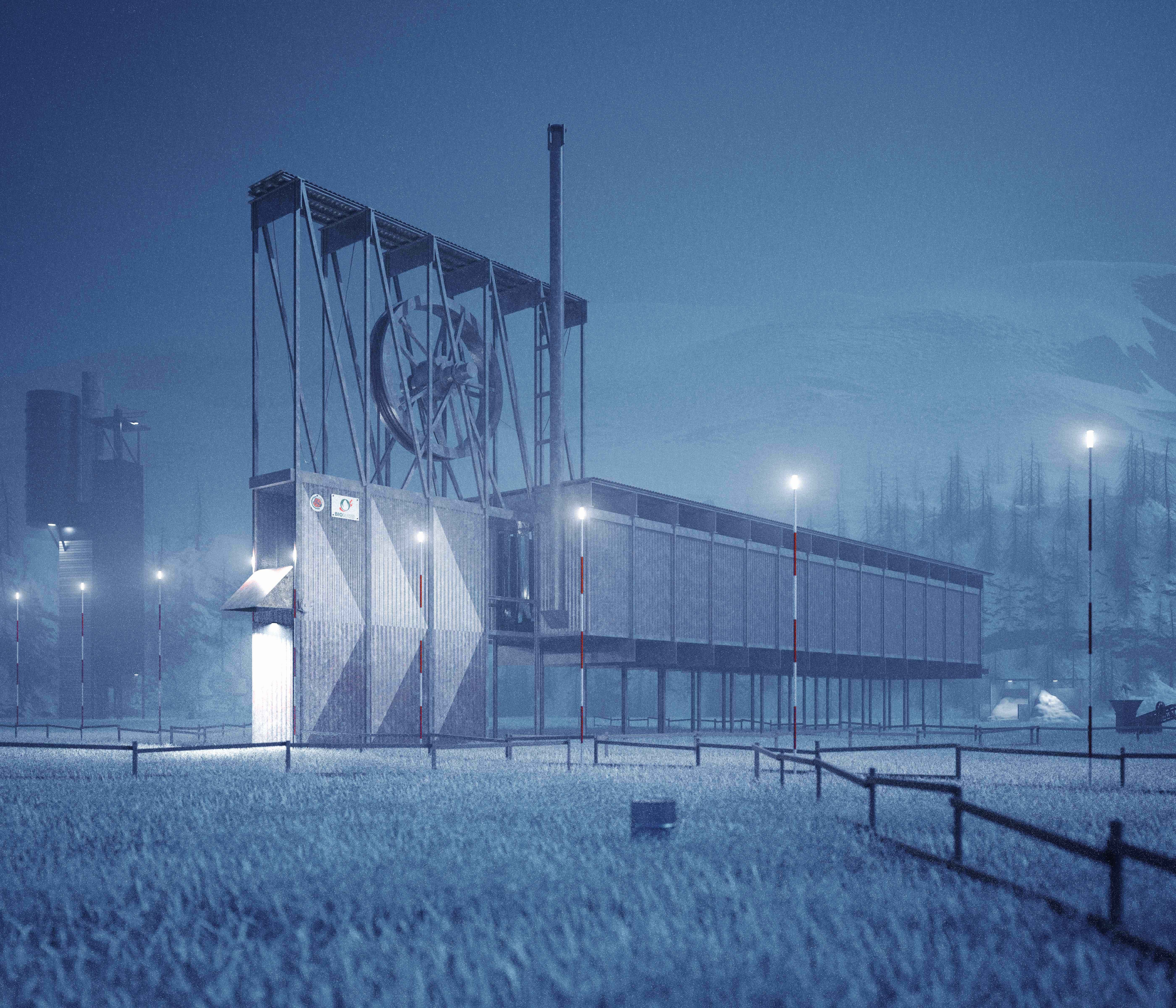
Project by: Mikael Blomfelt, Sandro Straube
Studio Alex Lehnerer, ETH